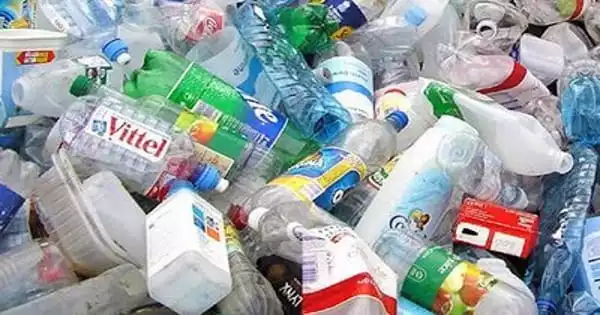Soil contamination refers to the presence of hazardous substances in soil that can have harmful effects on human health, the environment, and wildlife. These contaminants can come from various sources, including agricultural practices, industrial activities, waste disposal, and accidental spills. Some common examples of contaminants include heavy metals, such as lead and mercury, petroleum products, such as oil and gasoline, and toxic organic compounds, such as polychlorinated biphenyls (PCBs).
The presence of xenobiotic (man-made) chemicals or other alterations in the natural soil environment causes soil contamination, soil pollution, or land pollution as part of land degradation. It is commonly caused by industrial activity, agricultural chemicals, or improper waste disposal. Petroleum hydrocarbons, polynuclear aromatic hydrocarbons (such as naphthalene and benzo(a)pyrene), solvents, pesticides, lead, and other heavy metals are the most commonly involved chemicals.
Soil contamination can have serious consequences, including contamination of groundwater resources, decreased property values, and a decline in the health of nearby populations. It can also lead to the loss of agricultural land and wildlife habitats. In order to address soil contamination, it is important to identify the source of the contamination, assess the extent and severity of the problem, and implement appropriate remediation measures, such as soil excavation and replacement, or chemical treatments to neutralize the contaminants.

The degree of industrialization and the intensity of chemical substances are related to contamination. Concerns about soil contamination stem primarily from health risks associated with direct contact with contaminated soil, vapour from contaminants, or secondary contamination of water supplies within and beneath the soil. Mapping contaminated soil sites and the subsequent cleanups are time-consuming and expensive tasks that necessitate expertise in geology, hydrology, chemistry, computer modeling, and GIS in Environmental Contamination, as well as an understanding of industrial chemistry’s history.
Prevention
In order to prevent soil contamination, it is important to properly manage waste, implement best practices for industrial activities, and regulate the use of hazardous substances. Additionally, increased public awareness and education about the dangers of soil contamination can help to prevent future incidents.
The extent of contaminated land is best known in North America and Western Europe, with many countries in these regions having a legal framework in place to identify and address this environmental problem. Despite the fact that some developing countries have undergone significant industrialization, they tend to be less tightly regulated.
To prevent soil contamination, it is important to properly manage waste and industrial byproducts, regulate the use of chemicals in agriculture, and properly maintain storage tanks and landfills. Clean-up efforts, such as soil excavation and replacement with clean fill, can also be implemented to remediate contaminated soil.
If you are concerned about soil contamination, it is important to have your soil tested by a professional. Based on the results, you can take appropriate measures to protect yourself, your family, and the environment.
















